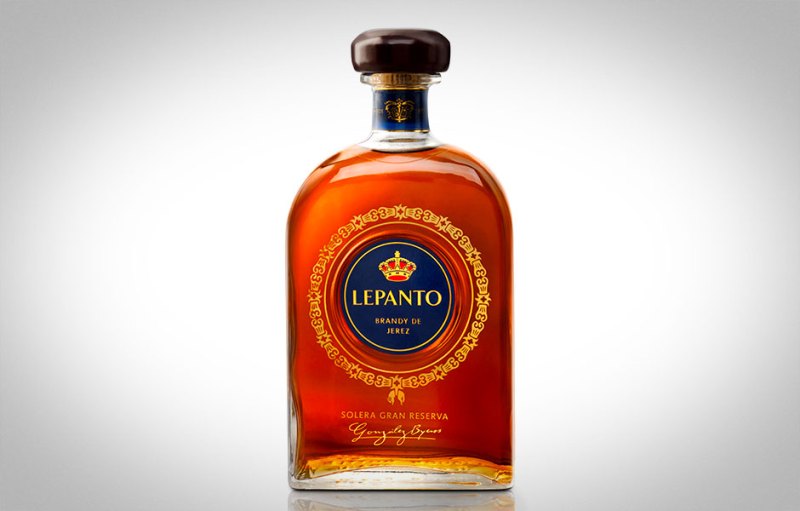
Brandy doesn’t normally fit into that evolution unless you are a truly enlightened individual. Regular brandy drinking doesn’t fit into your life until you really know something about liquor—how to drink it properly, when to drink it, and what you are looking for while you drink it.
Within the brandy liquor family, there are several different varieties. Perhaps one of the best known is cognac, which comes from the Cognac region of France and made from double distilling wine. Armagnac also comes from France (the Armagnac region in the southwest of France) and was the first distilled spirit in the country. Recently, pisco, which is made in Peru and Chile, has become very popular to use in cocktails. As opposed to traditional brandies, it is clear and not amber colored.
There is also Brandy de Jerez, which is a Spanish Brandy from the city of Jerez. The Moors initially discovered Brandy de Jerez while they were distilling wine (which they could not drink for religious reasons). Over the years, the production was streamlined and consolidated until it became a commercially successful business. Brandy de Jerez is also used in sherry (which is what “jerez” translates to in English).
RELATED: Special Release Scotches From Deanston and Bunnahabain
Gonzalez Bypass, founded in 1835, is perhaps the best-known sherry and brandy distiller in Spain. Brandy de Jerez comes in three classifications: Brandy de Jerez Solera (aged for a year), Brandy de Jerez Solera Reserva (aged an average of three years) and Brandy de Jerez Solera Gran Reserva (aged an average of ten years).
Gonzalez Bypass’ Soberano is a Brandy de Jerez Solera. There is a young, lively quality to its flavor. The richer notes of caramel, smokiness and an underlying sweetness are suggested, but don’t come fully to the front. Brandy is traditionally a dessert drink and this would make an excellent complement to a richer chocolate dish as well as a cappuccino, latte or café con leche.
Meanwhile, the Lepanto is a Brandy de Jerez Solera Gran Reserva. This is a full-bodied, extremely flavorful liquor. There are long, sweet notes with each sip that range from caramel to vanilla to dark cherry. There is dull alcoholic buzz to each sip that tickles and fades on the back of the tongue. It is a highly enjoyable drinking experience that should come with a piece of apple pie and very good vanilla ice cream.
This is probably more than you’ve read about brandy in your entire life. But perhaps that’s only because you haven’t reached the brandy stage in your alcohol evolution. Maybe now you’re ready.


